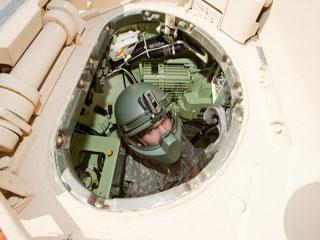
A file photo.
LONDON (PTI): Scientists have developed new techniques to boost efficiency of gen-next 'bosonic' lasers that can dramatically improve future devices used for sensing and communication.
Researchers from the Department of Physics at the Bath University, UK, have demonstrated their work into bosonic lasers which emit terahertz radiation in a paper published in Physical Review B.
Such lasers have been around for years, commonly found in satellites, for environmental monitoring, astronomy, security and non-destructive testing, imaging, and medical applications. But they are considered bulky, impractical and expensive.
Through this latest study, the researchers demonstrate how such lasers could be exploited to improve their performance and, potentially, lead to the miniaturisation of future technological devices.
The research showcases how, in the future, new 'bosonic lasers' emitting terahertz radiation could be fine-tuned to vary or minimise the power required by the laser or to alter the intensity of terahertz radiation.
From DNA chips, to skin-cancer diagnosis, laser surgery to explosives inspection, there are numerous potentials across every field, researchers said.
Information and communications technology also benefits from terahertz technology, including for wireless communication, high-speed data processing and satellite communication.
The 'bosonic laser' emits not only terahertz radiation but also visible blue light in the same direction, allowing it be used as a surgical instrument.
With visible light serving as guide to direct the radiation beam, surgeons would be able to perform precision surgery.
"There are no such similar resources currently available and this research really opens up the way for new applications in medicine, biology, security, sensing and in high speed computers and high speed communications," said Dr Gabriela Slavcheva, from the Department of Physics.
"The bosonic terahertz laser will work in tandem with a conventional light emitting diode (LED), which is a completely new approach. This will enable the miniaturisation of new optochips which, in turn, will help develop a whole new class of novel devices and applications," Slavcheva said.
 Previous Article
Previous Article Next Article
Next Article













The Indian Air Force, in its flight trials evaluation report submitted before the Defence Ministry l..
view articleAn insight into the Medium Multi-Role Combat Aircraft competition...
view articleSky enthusiasts can now spot the International Space Station (ISS) commanded by Indian-American astr..
view article